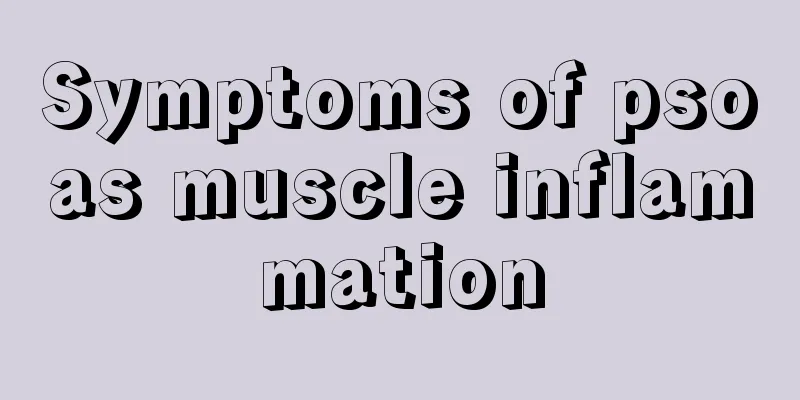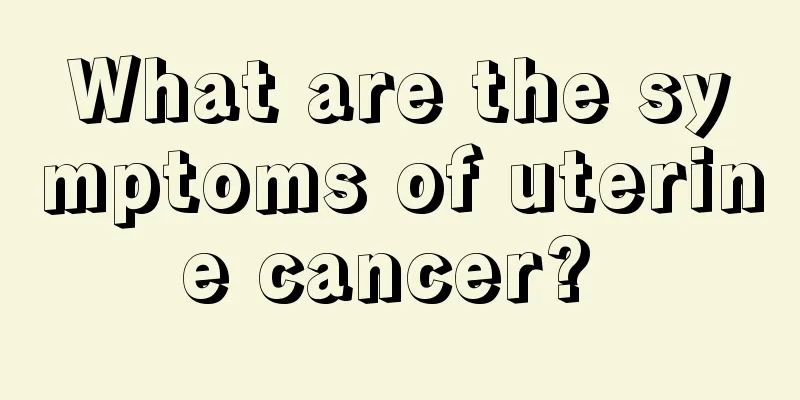How to treat left ethmoid sinus osteoma

|
The treatment of left ethmoid sinus osteoma is mainly individualized based on the size of the tumor, the severity of symptoms and the patient's health status. Common treatment methods include observation and follow-up, surgical resection and postoperative rehabilitation management. 1. Observation and follow-up If the left ethmoid sinus osteoma is small, grows slowly, and has no obvious symptoms, observation and follow-up can be chosen. In this case, the doctor will regularly arrange for the patient to undergo imaging examinations such as CT or MRI to monitor changes in the tumor. For patients with asymptomatic osteoma, it is also very important to maintain good living habits, such as reducing nasal contamination and avoiding strenuous exercise that causes head impact. 2. Surgical resection When a bone tumor causes significant symptoms such as nasal congestion, headaches, or impaired vision, or when the tumor is growing rapidly, surgical removal is the best treatment option. Endonasal endoscopic surgery: This is the most commonly used method. The surgery is performed through the nasal cavity, with less trauma and faster recovery. It is suitable for smaller bone tumors. Open surgical resection: Suitable for deep or large bone tumors, usually removed through a craniotomy or facial incision. Navigation-assisted surgery: To improve precision, some centers use navigation equipment to avoid damaging important structures. Postoperative care is critical. Patients need to follow their doctor's instructions to use antibiotics, nasal rinses, and anti-inflammatory medications to reduce the risk of infection and help tissue recovery. 3. Postoperative rehabilitation management During the postoperative recovery period, you need to pay attention to your diet and lifestyle habits. Dietary adjustments: Eat more foods rich in vitamins A and C, such as carrots and citrus fruits, to promote the repair of nasal mucosa; avoid spicy and irritating foods. Head care: Avoid lowering your head or doing strenuous exercise to avoid increasing the burden on your nasal cavity. Regular follow-up: Regular imaging examinations are still required after surgery to determine whether the bone tumor has recurred. Timely intervention is the key to treating left ethmoid sinus osteoma. Whether choosing observation or surgery, the specific plan must be combined with the actual situation of the patient and carried out under the guidance of a professional doctor. Regular follow-up and adjustment of lifestyle habits after treatment can effectively reduce the risk of recurrence and ensure the long-term health of the patient. |
>>: Bladder leakage in late stage of cervical cancer
Recommend
Does diatom mud contain formaldehyde?
Many people are familiar with diatom mud. General...
How to get rid of ants in the room
Spring flowers, your beautiful sunshine is lying ...
Is microcrystalline stone good
Microcrystalline stone is a new type of building ...
What are the common preventive measures for lung cancer? We need to do a good job in preventing lung cancer in four aspects
Experts say: Lung cancer is one of the cancers wi...
How to break up an extramarital affair correctly?
With the rapid development of society, people'...
What causes perianal abscess
Apart from work, the most important things for pe...
What are the causes of thyroid cancer?
What are the causes of thyroid cancer? The causes...
What are the methods of TCM to prevent esophageal cancer
A large amount of survey data confirms that the f...
Is uterine cancer metastasis to lung cancer contagious?
Is uterine cancer contagious? Uterine cancer is t...
Diagnostic characteristics of lung cancer
The clinical manifestations of lung cancer are co...
What are the locations and characteristics of stomach cancer pain?
What are the locations and characteristics of gas...
What is the difference between a tattoo and a tattoo
As more and more people become interested in tatt...
The early symptoms of cardia cancer mainly include the following manifestations
In life, cardia cancer has affected the normal li...
Six benefits of laughing often to your body
We often say that we should face everything with ...
What are the methods to prevent static electricity in winter?
I believe that in daily life, many friends will h...









